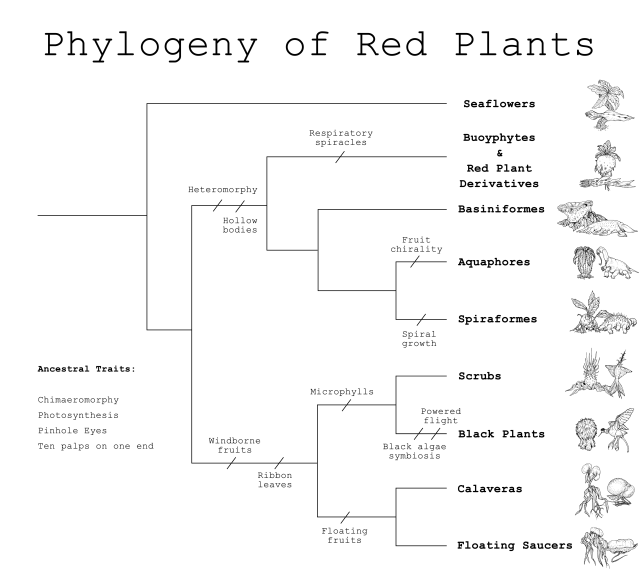Red plants evolved when a plicozoan animal became infected with a virulent form of allorosea algae. The animal’s immune system eradicated the pathogen, but it left its mark. Some of the cells contained a plasmid – a remnant of the alga’s genome that coded for the entire photosynthesis pathway. This new ability led to rapid evolution of novel traits and a drastic change in lifestyle.
One of the first changes was a switch to a differnt form of alternation of generations – heteromorphy. The original red plants were chimaeromorphs – their bodies contained both diploid and haploid cells performing different functions. The photosynthesis plasmid only worked in diploid cells, so the animals lost most of their haploid tissues as they became more plantlike. Modern red plants create a haploid offspring for reproduction and dispersal, while the body they spend most of their lives in is diploid.
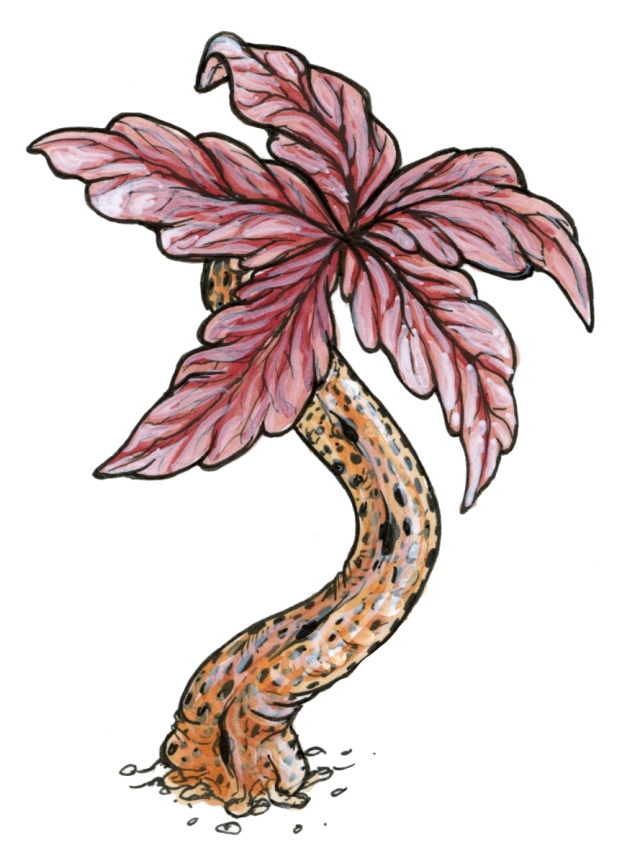

Seaflowers – These are the most ancestral red plants. Some remnant animal traits can still be seen. Seven simple eyes line the sides of both the plant and its eel-like larvae. These also act as vestibular organs. The plant can scoot around the lakebed or ocean floor in search of the best patches of sun. Their retained mobility makes them well suited to the dynamic environment of buoyphyte rivers, lakes, and beaches. Their larvae are not true mobile fruits, but plant bodies stripped of their leaves. They can also produce clones, which can mate or plant themselves as-is. Mated clones can produce offspring of their own but they can also incorporate the offspring tissue into their bodies, transforming themselves genetically and attaining a different kind of immortality.
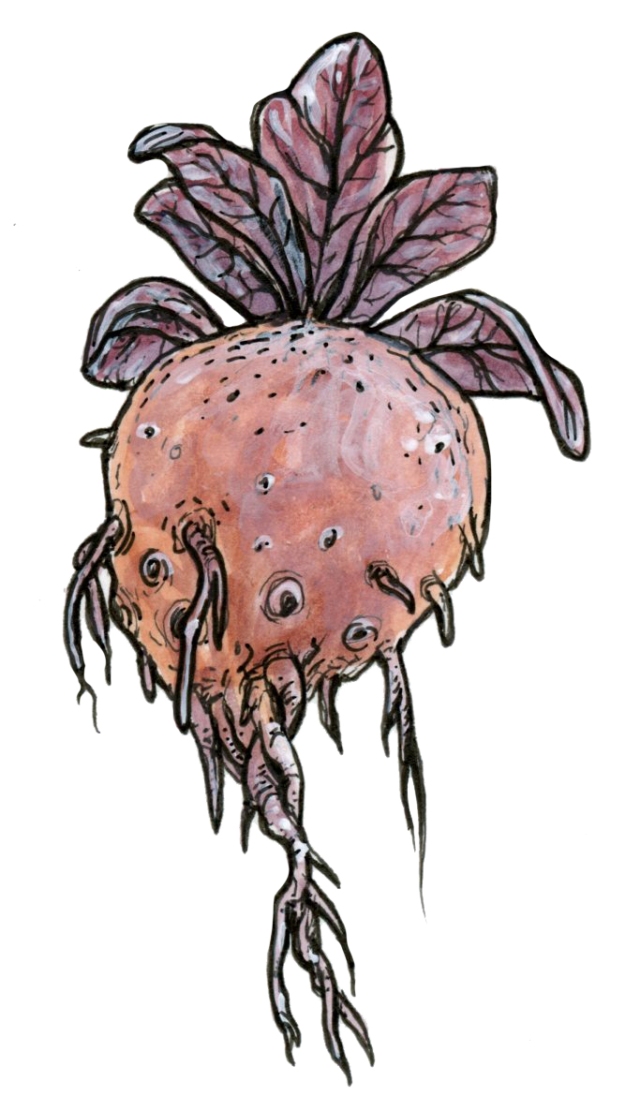

Buoyphytes – Buoyphytes are the foundation of three unique habitats. Tropical buoyphytes link together as islands drifting in the middle of the ocean. The islands are kept afloat by a core of air sacs and hollow vines from long-dead plants. They are stable enough to support large animals and even trees. Temperate coastal buoyphytes are a bit more tenuous. Freshwater buoyphytes range from surface scum to thick mats that obscure entire lakes. The tree of buoyphytes includes the red plant derivatives.
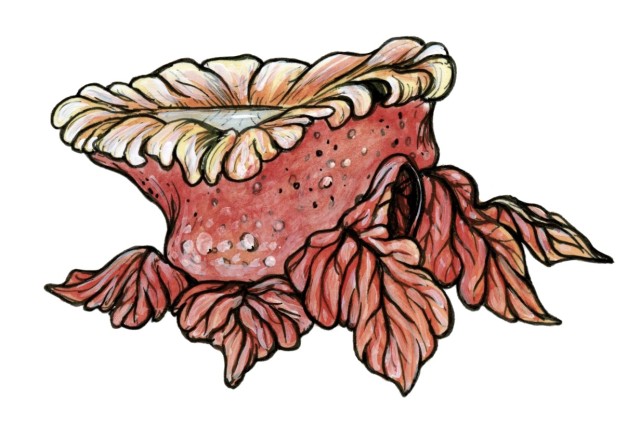

Basiniformes – What used to be the stomach of the red plants’ plicozoan ancestor is now open to the air in this group. Once it’s filled with rainwater, the basin serves as a nursery for amphibious larvae until their fins are fully developed. Like mudskippers, the mobiles flop across the land to find a mate and germinate. Outside of breeding season, the pot can fill with digestive juices for trapping small animals. They are best suited to tropical lands and rash fields.
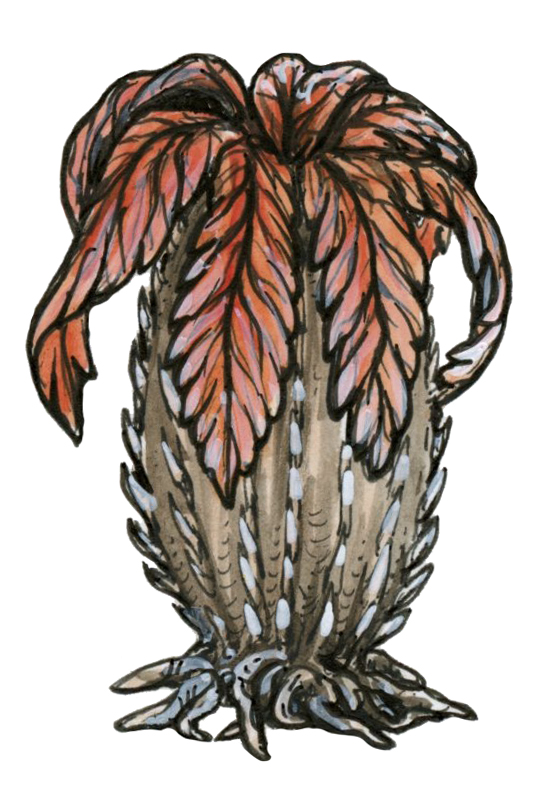
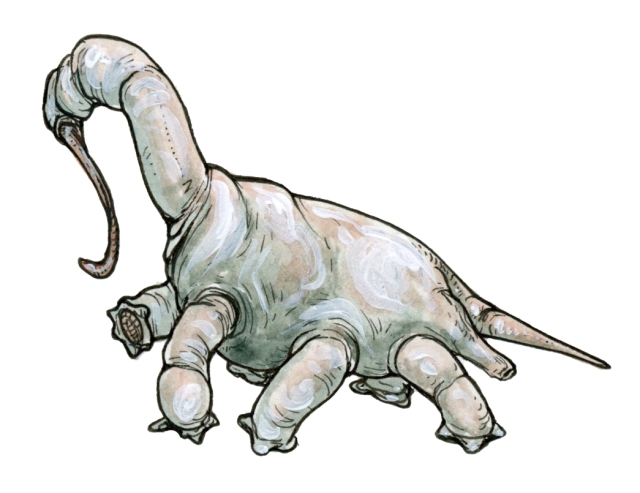
Aquaphores – Experts at storing water, aquaphores thrive in deserts. They employ a variety of defenses against thirsty creatures, but the humble thorn remains the most common and practical defense.
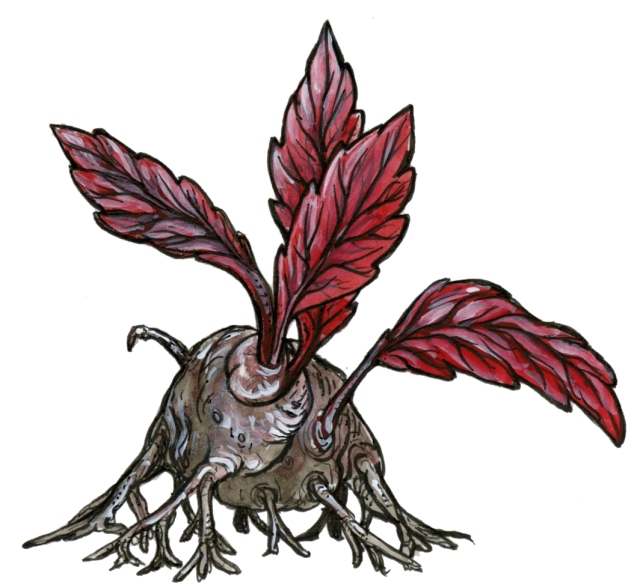
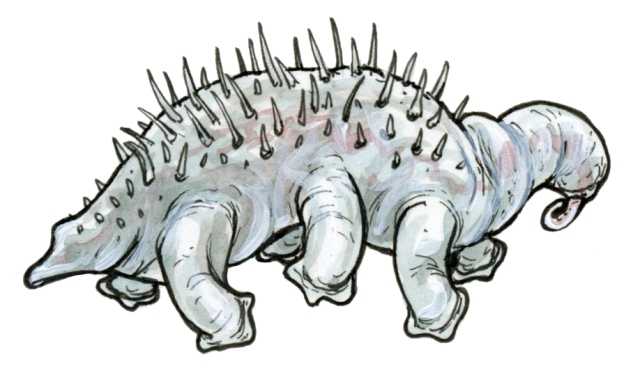
Spiraformes – The body of this plant grows in a logarithmic spiral. The body can store several weeks’ supply of water and energy in the form of fat and protein. This, combined with a sturdy, self-sufficient mobile fruit, makes this group highly adaptable to unpredictable conditions.
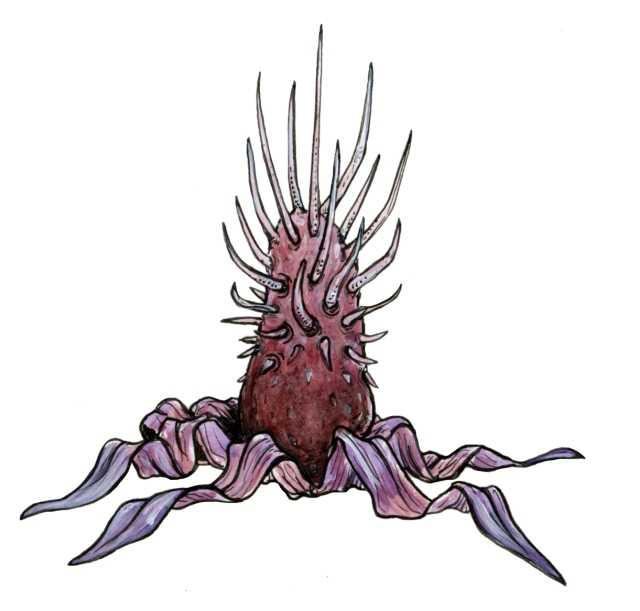
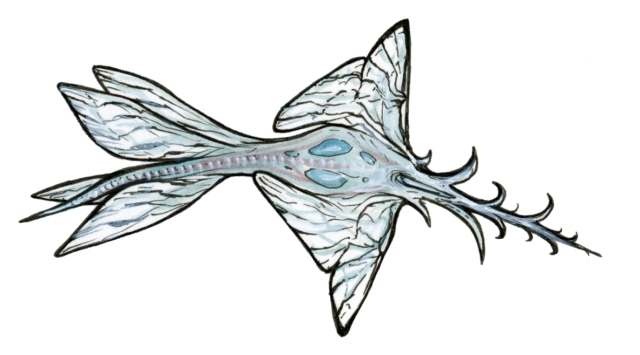
Scrubs – These thorn-tipped plants are a hazard to browsers and grazers in the shrublands savanna. The thorns are hollow and often harbor other forms of life ranging from microbial to animal. They have ribbon-shaped leaves that grow continuously until they shrivel at the tips. The fruits are winged with limited flight capabilities. They spread mostly by wind and animal fur.
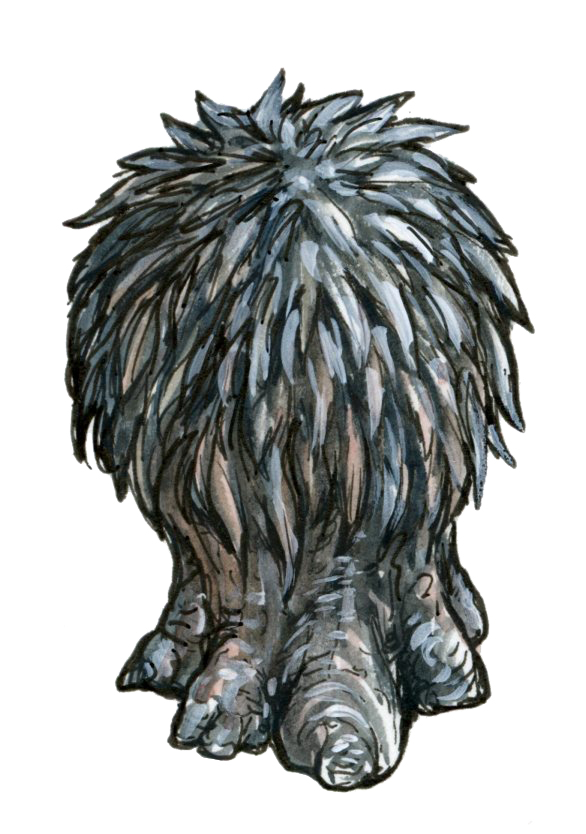
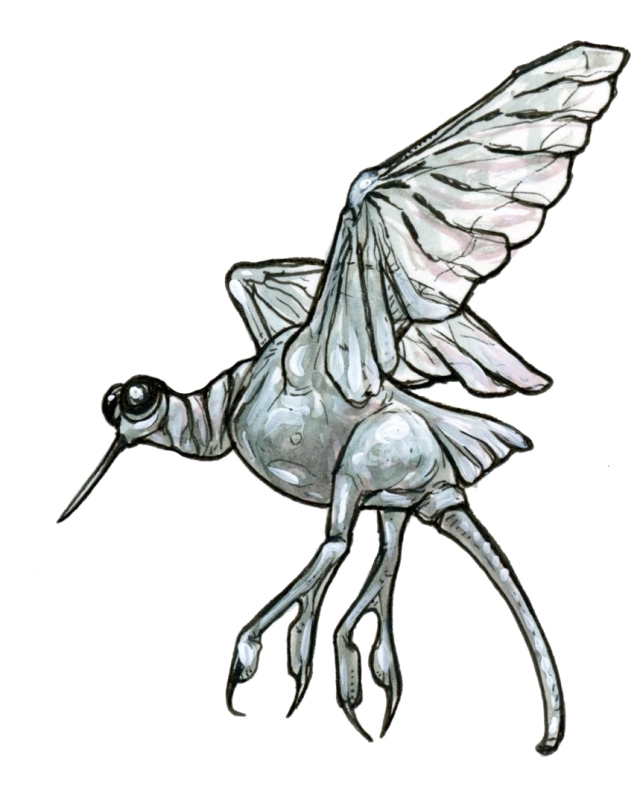
Black plants – One of the organisms scrub thorns can house is black algae. Black plants farm this algae and consume it to supplement their energy needs. This allows them to survive in areas of low sunlight, though they have found success worldwide. Their fruits are capable of powered flight. Their leaves, now redundant, have evolved into structures for reproduction.
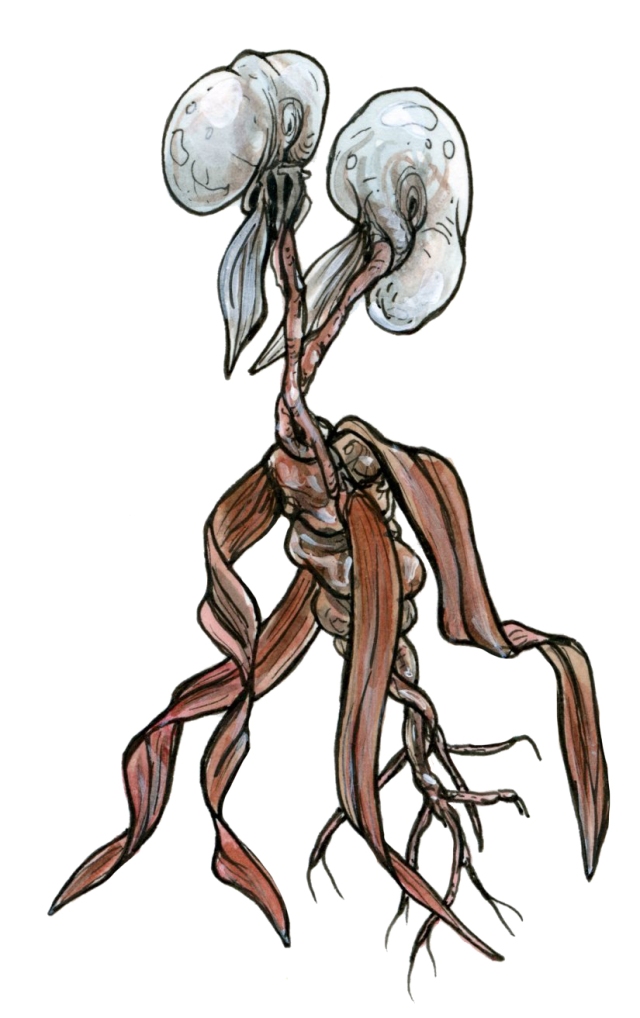
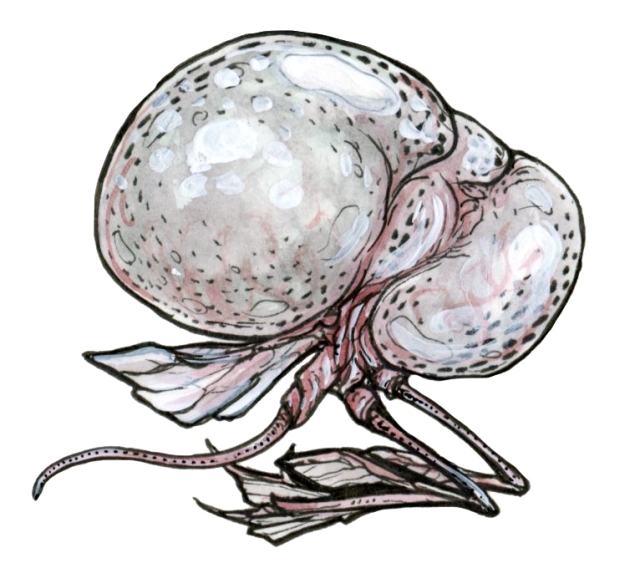
Calaveriformes – This clade is divided into two groups. The mobile fruits of aquatic calaveras are filled with waste gas, providing buoyancy in water. Land calavera fruits are filled with hydrogen, making them buoyant in the air. They can steer with rudders but require calm conditions to control their flight.
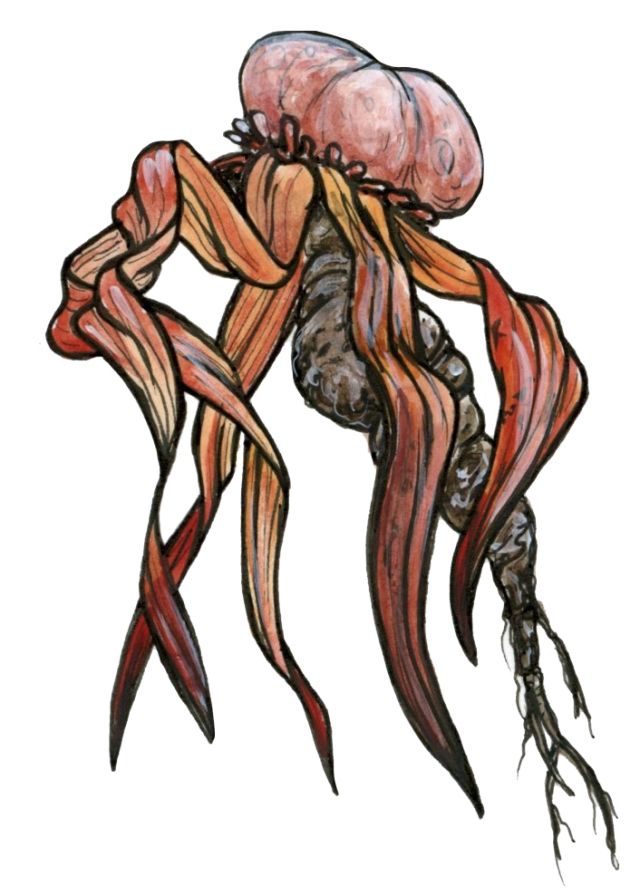
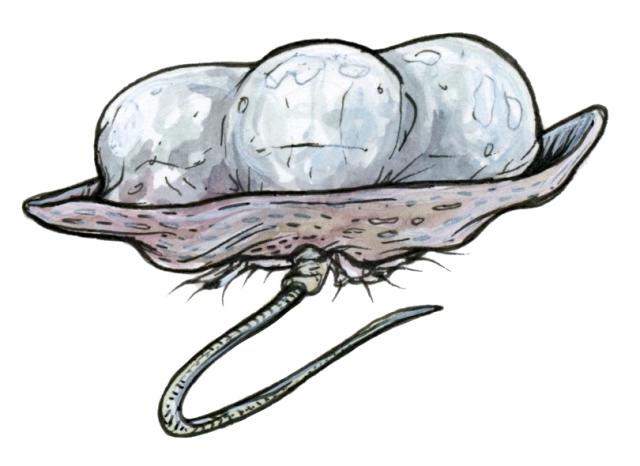
Floating Saucers – Their bodies are similar to calaveriformes, but they can only reproduce in water and cannot steer. Most plants buoy themselves with a single fruit at a time, replacing it immediately upon release to retain position in the water. Most fruits have venomous stingers on the underbelly.
Homology
Heteromorph and basal fruits
Flying fruits
Reproduction
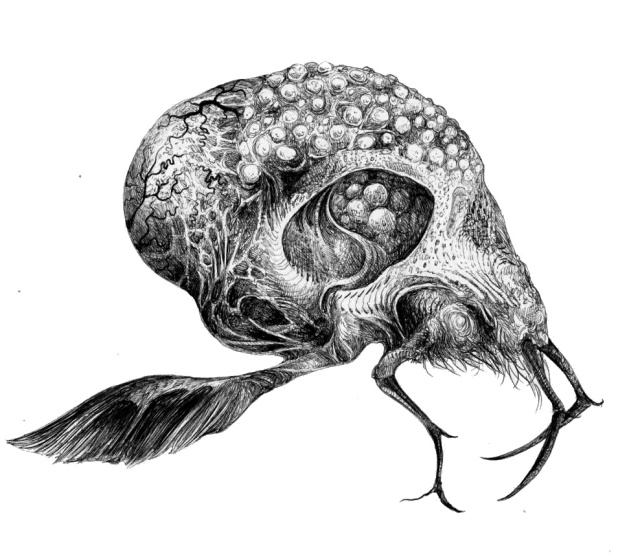 “Normally wind facilitates seed dispersal, but here, where a stiff breeze almost always blows from the south, the plants have to get creative if they want to cast their spawn in any other direction. One such strategy is to encase the seed in a floating pod capable of steering itself against the current. The mobile fruiting bodies of some Ilian red plants are not strong enough to resist the high winds on most days, so they must take refuge in caves while the gusty conditions persist, and only leave their shelter when the winds calm down. Their animal-like characteristics allow them to migrate upwind, away from the sun, where they will settle, germinate, and thrive.”
“Normally wind facilitates seed dispersal, but here, where a stiff breeze almost always blows from the south, the plants have to get creative if they want to cast their spawn in any other direction. One such strategy is to encase the seed in a floating pod capable of steering itself against the current. The mobile fruiting bodies of some Ilian red plants are not strong enough to resist the high winds on most days, so they must take refuge in caves while the gusty conditions persist, and only leave their shelter when the winds calm down. Their animal-like characteristics allow them to migrate upwind, away from the sun, where they will settle, germinate, and thrive.”
– Alex O’Hearn, biologist, Odyssey I
This description, while mostly accurate, makes it seem as if the mobile fruit is only a vehicle for the plant’s seeds, ready to germinate as soon as they touch soil. This is not so. Mobile fruits, like the caver calavera pictured above, only contain half the genetic material required to make a plant and need to mate with another fruit before germinating. The mating process is known in the field as coupling because the parents fuse permanently.
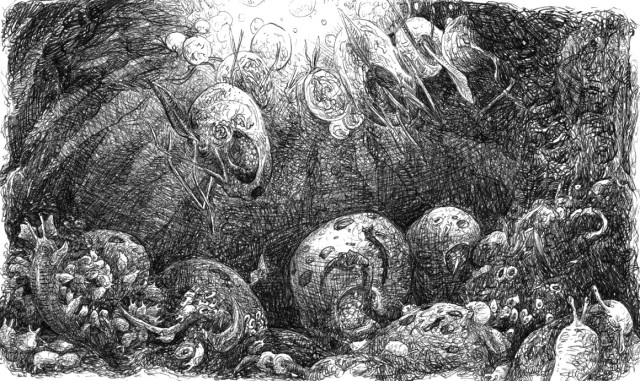

Spiraformes grow in a logarithmic spiral, but this plant doesn’t show it on the outside. Slice it in half and it’ll look like an ammonite fossil. It spawns two or three six-legged walkers each cycle. Cycle, in this case, refers to the species’ own reproductive cycle. In the absence of days or seasons, each plant runs on its own schedule. Animals usually synchronize with the local plants, or not at all. Many breed year round.
This plant’s mobile larvae are toxic to most animals, but some species’ larvae are an easy meal for predators. Like the periodic cicadas, they work around this by spawning in such large numbers as to overwhelm their predators’ appetites, ensuring the survival of a few to carry into the next generation. They combine this strategy with an irregular spawning cycle coordinated with plant pheromones to catch their predators off guard.
Aquaphores
Aquaphore larvae have two mating types: dexter and sinister. Besides being mirror images of each other, there is no difference between the two. In most species, two larvae of the same mating type are incompatible and cannot couple. In some, however, two larvae of the same type may couple to produce a plant that is different from one created from two opposite types. For instance, the Red Rock watertower is a tall, hardy tree if its parent fruits were sinister and dexter. If two dexters or two sinisters mate, the offspring is not a long-lived tree, but a fast-growing bush.
A plant produced by two sinister or two dexter larvae is said to be sinistral or dextral, respectively. An adult form produced by one of each is said to be ambidextral. Aquaphores can be classified by the types of plants that result from different combinations of larval mating types.
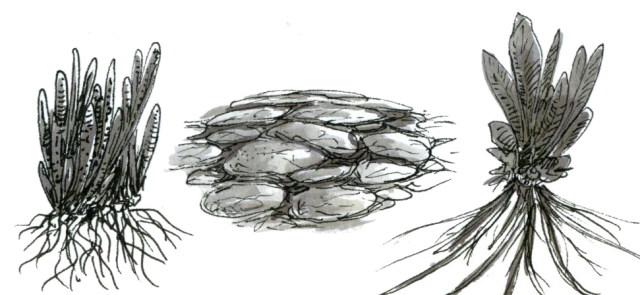
Triform species have three adult forms. In this species, which goes by three different names, the dextral form is the extremely drought tolerant crackplaque (center). The sinistral form is the drought intolerant false frass (right). The ambidextral adult is an intermediate form, present in the greatest number when conditions are neither wet nor dry.
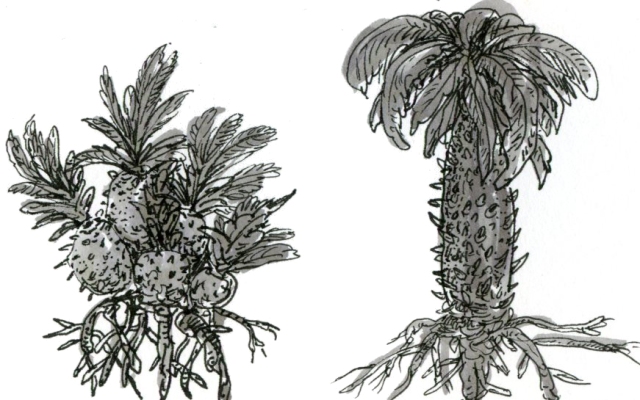
In biform plants, sinistral and dextral forms are indistinguishable from one another. The dinosaur bush, named for the appearance of its larvae, is a short tree when ambidextral and a bush when either sinistral or dextral.

Monoform plants have three identical adult forms, distinguishable only by the type of larvae they can produce. Monoform plants are uncommon.
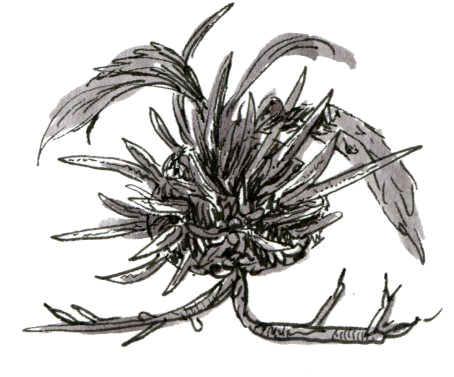
Exclusive ambidextral plants are the most common type of aquaphore. Larvae of the same mating type are incompatible; therefore, there are no sinistral or dextral adult forms.
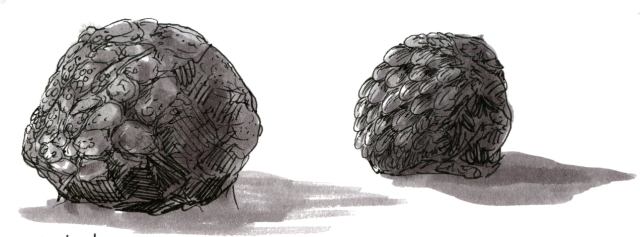
Exclusive dextral and exclusive sinistral plants result when one mating type goes extinct in a species. Pictured here are two rock scales, drought tolerant plants that evolved separately from unrelated triform species. Both are scaly, succulent plants that grow on stone.
Aquaphore Larvae
The mobile fruits of aquaphores have six legs, a coupling organ in the front, and two scent glands in the rear. They primarily use pheromones to find one another but the scent glands can be adapted for other uses as well. The most common use is defense, usually in the form of a stinger.
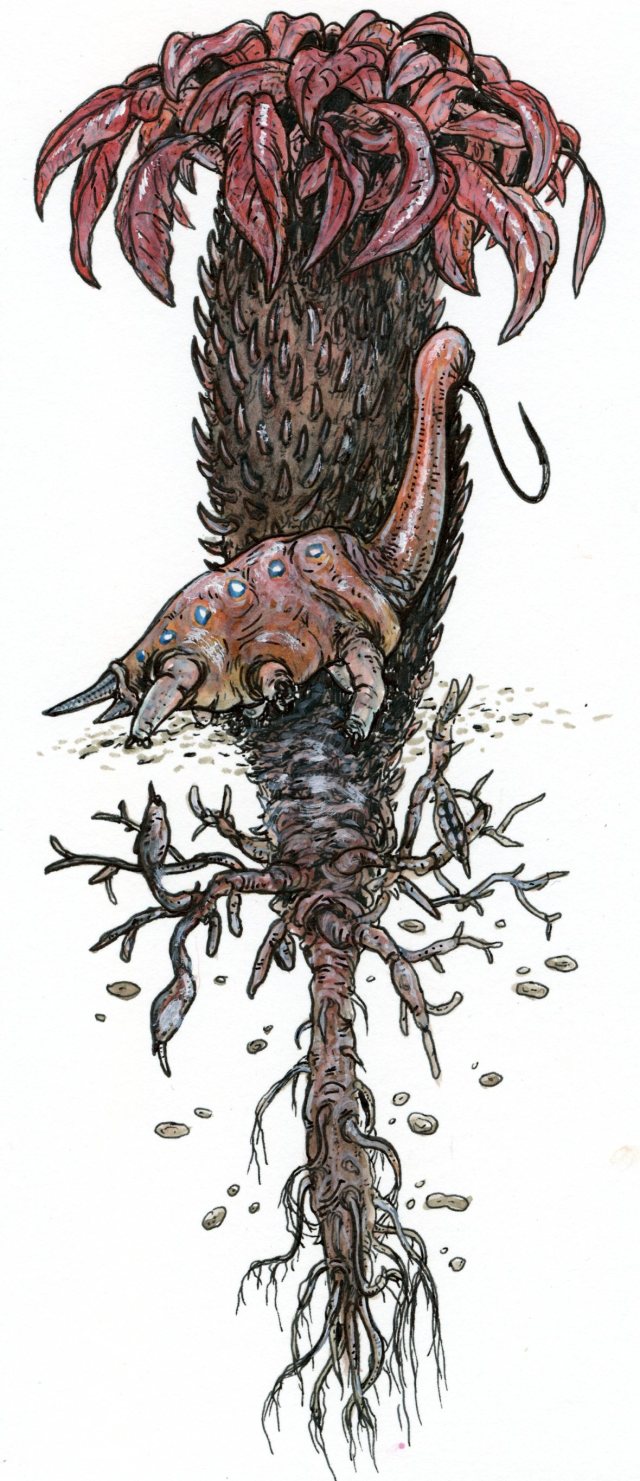
An ambidextral dinosaur bush and its larva

